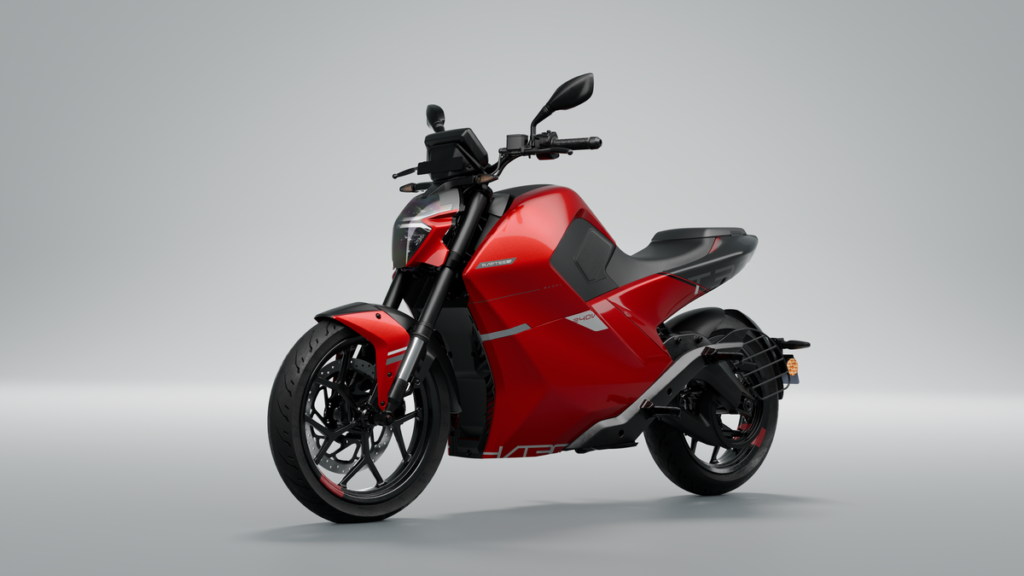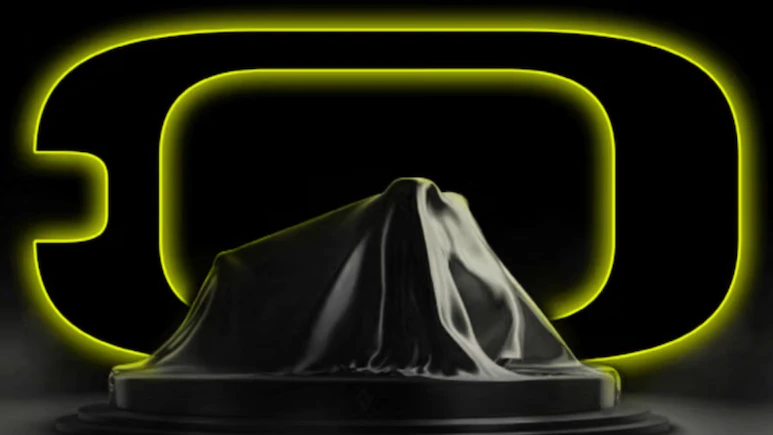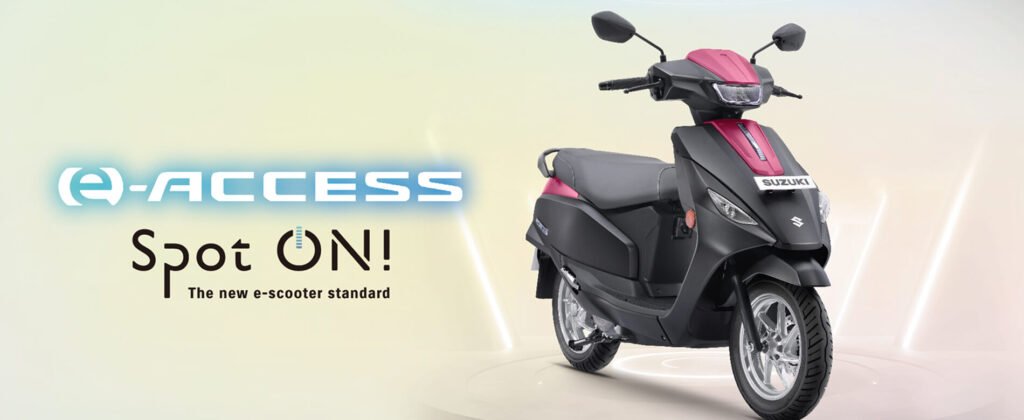In a landmark achievement for India’s electric vehicle (EV) ecosystem, Chennai-based startup Raptee.HV has become the first electric motorcycle original equipment manufacturer (OEM) in the country to secure strategic funding from the Technology Development Board (TDB), under the Department of Science & Technology, Government of India.
Announced on September 18, 2025, this non-dilutive investment underscores Raptee.HV’s groundbreaking work in adapting high-voltage (HV) technology—typically reserved for electric cars—to two-wheelers, promising to elevate performance, reliability, and charging convenience in the burgeoning EV motorcycle segment.
As India’s EV market races toward 30% penetration by 2030, this funding positions Raptee.HV to capture a slice of the global $1 billion performance electric motorcycle category, blending indigenous innovation with world-class engineering.
Founded in 2021 by Dinesh Arjun, Keerthivasan Ravi, Karthikeyan Adhikesavan, and Phunith Kumar, Raptee.HV has spent over six years developing its proprietary HV platform from scratch, diverging from the low-voltage architectures common in most Indian EV two-wheelers.
This deep-tech focus—emphasizing a 240-volt DC architecture—enables faster charging (compatible with public infrastructure), superior thermal management, and car-like power delivery, addressing key pain points in urban commuting and performance riding.
The TDB funding, the exact amount of which remains undisclosed, will accelerate R&D, scaling production, and market entry for models like the T30, Raptee.HV’s flagship electric motorcycle.
This isn’t Raptee.HV’s first nod from the government: In 2021, it was the sole OEM to bag a ₹3.25 crore non-dilutive grant from the Automotive Research Association of India – Advance Mobility Transformation & Innovation Foundation (ARAI-AMTIF), under the Ministry of Heavy Industries.
These endorsements highlight a rare alignment between private innovation and public policy, signaling India’s push for self-reliant EV tech amid global supply chain shifts.Dinesh Arjun, CEO & Co-Founder of Raptee.HV, hailed the TDB support as a “strong endorsement” of the company’s mission: “In the absence of an ecosystem for high-voltage motorcycle architecture, we built our own through uncompromising engineering. The trust placed in us by TDB and ARAI-AMTIF strengthens our resolve to push the boundaries of performance-driven motorcycle electrification in India.”
This backing also de-risks Raptee.HV’s ambitious roadmap, including a 4.5-acre manufacturing facility in Chennai (with 100,000-unit annual capacity) and a planned 40-acre expansion at SIPCOT, Cheyyar.
Raptee.HV now stands alongside India’s most transformative innovations in receiving TDB support—a statutory body that funds commercialization of indigenous technologies through soft loans, equity, and grants.
Past recipients include the Tata Indica, which revolutionized affordable passenger cars in the 1990s, and Bharat Biotech’s Covaxin COVID-19 vaccine, a cornerstone of India’s pandemic response.
For TDB, this marks its inaugural foray into the EV motorcycle space, reflecting a strategic pivot toward sustainable mobility as India aims for net-zero emissions by 2070.
Complementing these grants, Raptee.HV has raised $5 million in pre-Series A funding and is closing a $20 million Series A round, fueling its growth trajectory.
This blend of government validation and private capital positions the startup to challenge incumbents like Revolt Motors and Tork Motors, while eyeing exports to performance-hungry markets in Europe and Southeast Asia.
What sets Raptee.HV apart is its refusal to retrofit existing low-voltage scooter platforms—a common shortcut in India’s EV two-wheeler space. Instead, the company engineered a ground-up HV system, borrowing from electric cars to deliver:
- Performance Parity: Instant torque and top speeds exceeding 100 km/h, rivaling 300cc ICE bikes.
- Charging Efficiency: 80% charge in under 2 hours using standard EV chargers, reducing range anxiety.
- Reliability: Advanced battery management for longevity in India’s harsh climates, with IP67-rated packs.
The T30, for instance, exemplifies this: A naked streetfighter with a 10kW peak motor, 200+ km real-world range, and features like traction control and multiple ride modes—all at a competitive price point under ₹2 lakh (expected).
By democratizing HV tech, Raptee.HV addresses the “chicken-and-egg” problem of ecosystem development, potentially lowering costs for the entire segment.
| Feature | Traditional Low-Voltage EV Motorcycles | Raptee.HV High-Voltage Platform |
|---|---|---|
| Voltage | 48-72V | 240V DC |
| **Charging Time (0-80%)” | 4-6 hours | Under 2 hours |
| Performance | Equivalent to 100-150cc ICE | Equivalent to 250-300cc ICE |
| Range (Real-World) | 80-120 km | 200+ km |
| Cost Barrier | Lower upfront, but slower adoption | Higher R&D, but scalable efficiency |



